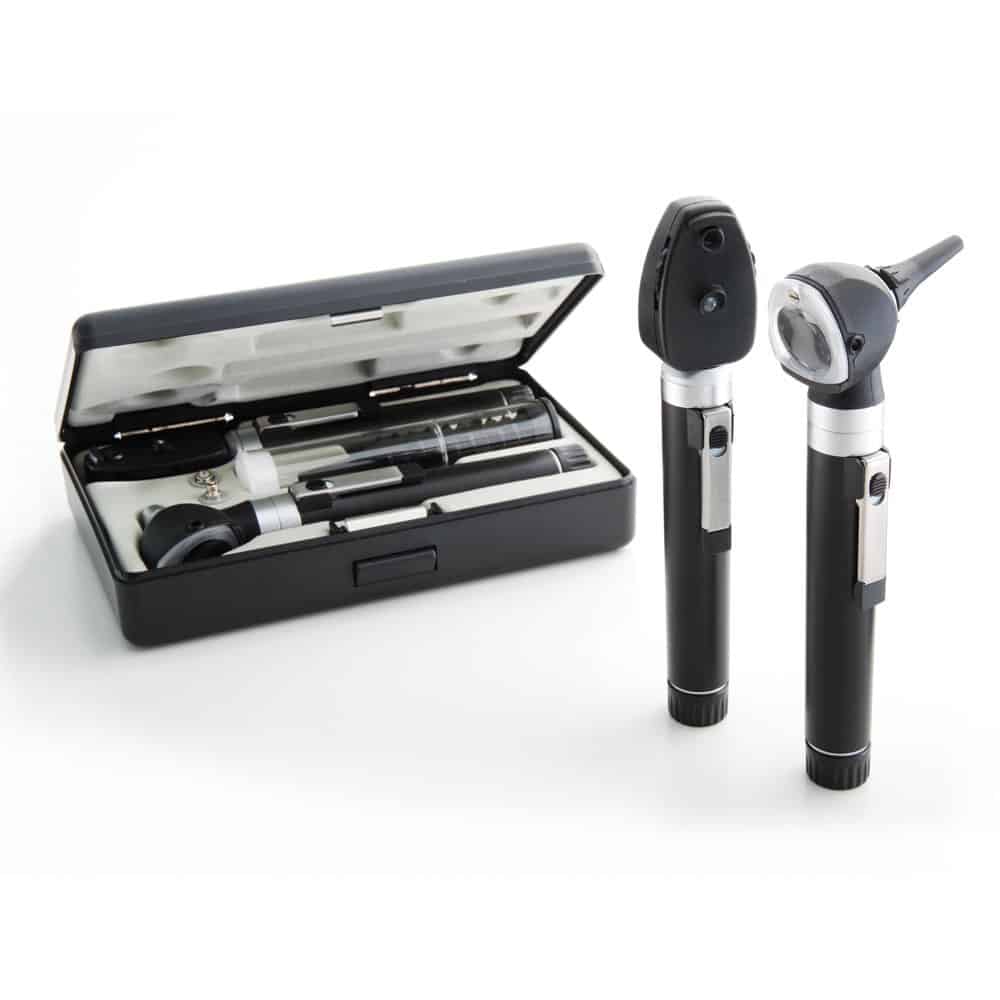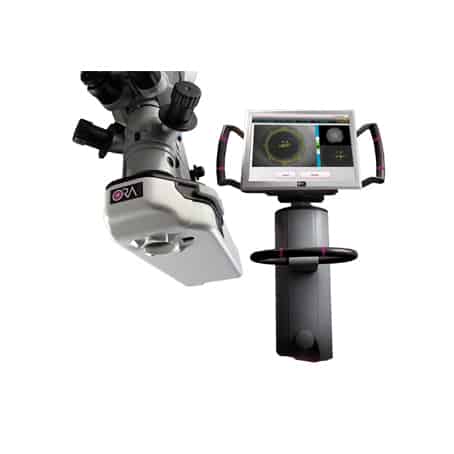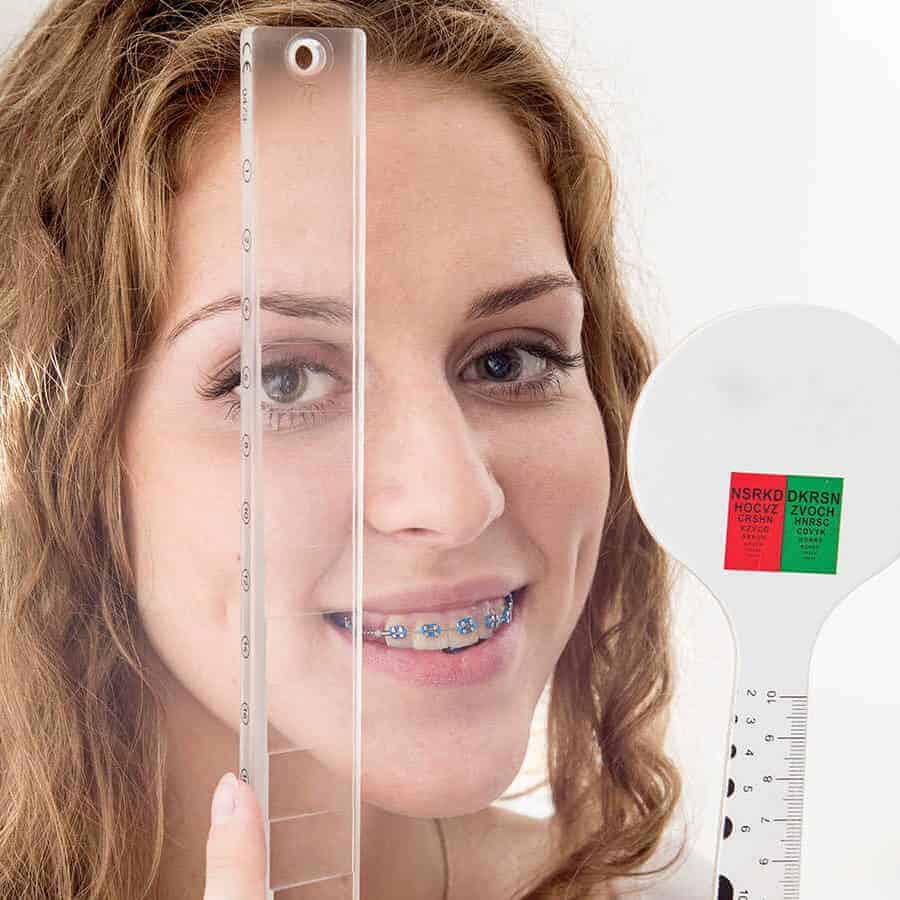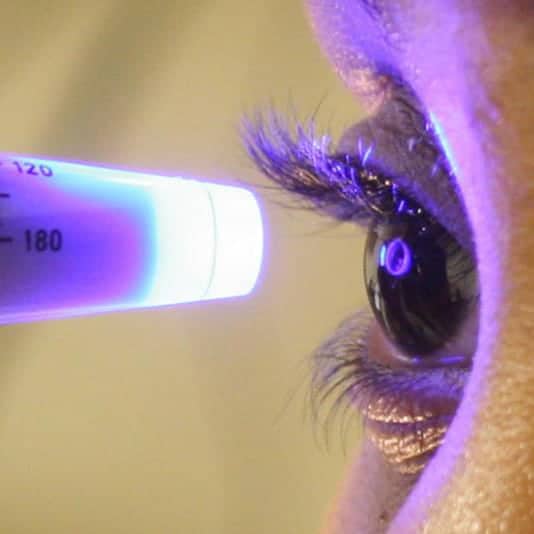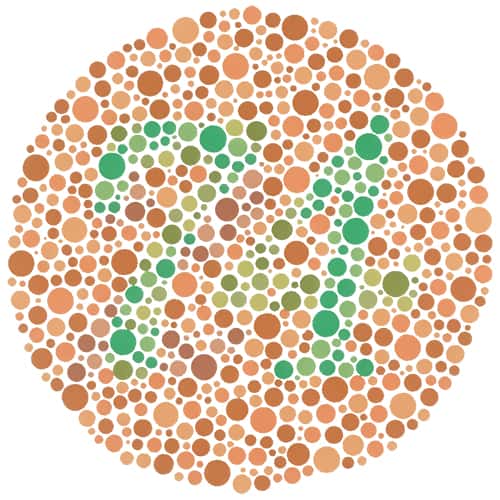fix your eyes
on what matters most
Keratoconus Treatment in Melbourne & Suntree, FL
Keratoconus is caused when the cornea begins to develop into a cone-shape. This eye disease is progressive and has no cure. However, there are treatments in place to help manage the disease, including surgeries and cross-linking therapies.
KERATOCONUS Symptoms
If you have keratoconus, you may see signs of the following:






COMPLETE KERATOCONUS TESTING
Diagnosis/ Testing of Keratoconus
Our first-in-class technology suite provides better detection & better outcomes for your vision health.
-
Eye Health Assessment
-
Muscle Function Test
-
Binocular Vision Skills Assessment
-
Eye Pressure Test
-
Color Vision Screening
Eye Health Assessment
This assessment uses an ophthalmoscope to examine different parts of your eye. This is a handheld piece of equipment that the doctor will use to examine your eyes with a light adjusted to the right aperture and filter necessary to see to the back of your eye.
Why We Use This Method:
- This tool allows the doctor to evaluate your pupil responses, optic nerve, retina, cornea, and lens.
- We use this tool to look for signs of eye diseases or retinal vascular diseases.
Treatment Options
Restore your vision & restore your life with the most modern keratoconus treatments available today.


Improved Vision: NO CONTACTS OR GLASSES REQUIRED
If you suffer from keratoconus and no longer benefit from contacts or glasses you may be a good candidate. The design of the stabilizing device was created to help fight the effects of keratoconus from the inside-out by working to flatten the cornea. While it won’t cure keratoconus, placement can prevent the need to have a cornea transplant in the future.

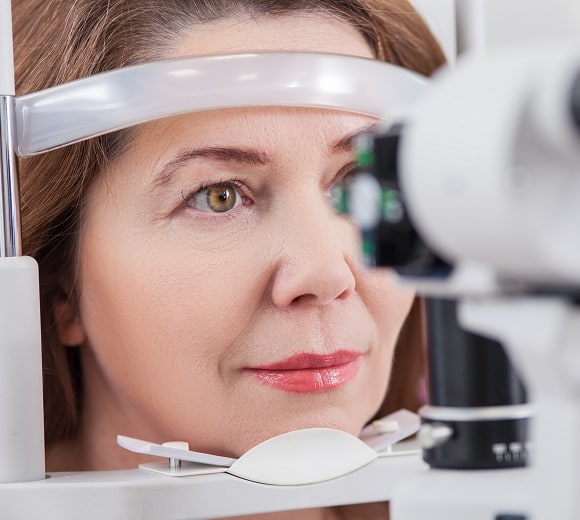
Comfortable Recovery Process
The procedure to implant is minimally-invasive, resulting in less trauma to the cornea and surgery site. This aids in a quicker recovery and smaller chance of astigmatism developing. Distortions and scarring will be minimized as well. With the procedure, you with experience an easy recovery process without effect on your daily comfort.
DESIGNED TO BE PERMANENT BUT CAN BE REMOVED
Can Be Exchanged if Vision Changes
You certainly won’t need to worry about it falling out. Nor will you need to worry about permanence due to removal of tissue. Because they are additive, they can be removed in the future should the need arise. If you find your prescription changing dramatically you can even exchange the them for a new pair that match your new vision needs.
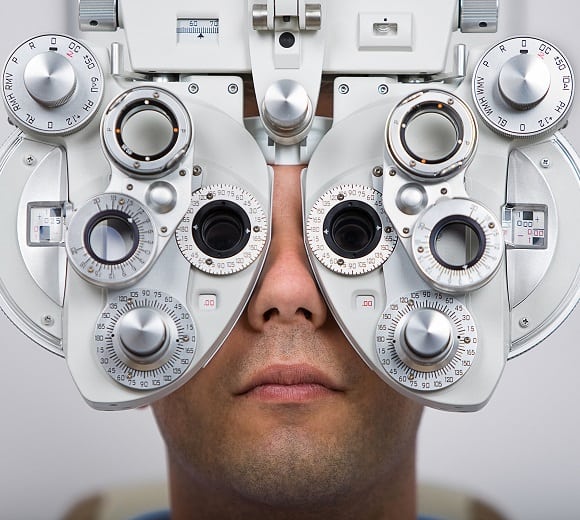
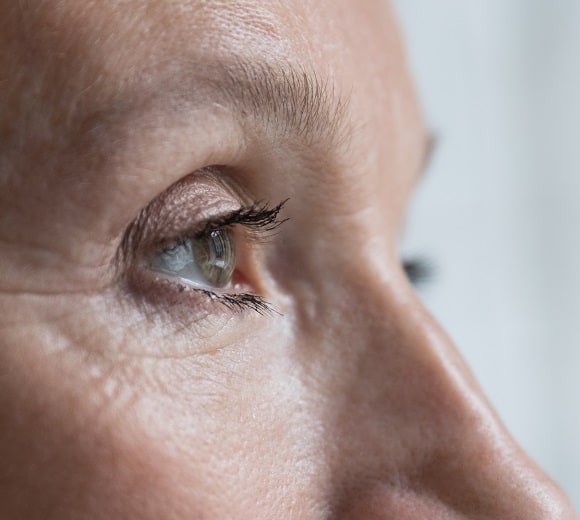
IMPROVED VISION WILL BE THE ONLY INDICATOR IT’S THERE
Once administered, you will not feel them in your eyes. Plus they are no more visible than contact lenses. The comfort and subtlety of this treatment option make them attractive to those suffering from keratoconus. An added bonus is the eliminated maintenance. See clearer without the hassle of upkeep.
NO WORRIES ABOUT FOLLOW-UP TREATMENTS
Permanent Results
Corneal cross-linking isn’t a procedure you’ll need to have performed consistently over the period of your life, it’s a one-time treatment. This out-patient treatment will be over in roughly an hour and then you’ll be on your way to enjoying your heightened vision.


TYPICALLY COMPLETE IN 1 HOUR
Simple Out-Patient Procedure
The procedure is non-invasive and lasts for 60 to 90 minutes in length. This simple out-patient procedure only requires that you have a ride home as you won’t be allowed to drive yourself. The recovery time following cross-linking may vary from individual to individual. But generally, it takes a week to recover.
Laser-Assisted CORNEAL TRANSPLANTATION PROCEDURE
Intralase Enabled Keratoplasty (IEK) is a laser assisted surgery for corneal transplantation. The use of the laser increases the precision of the procedure resulting in more favorable outcomes.
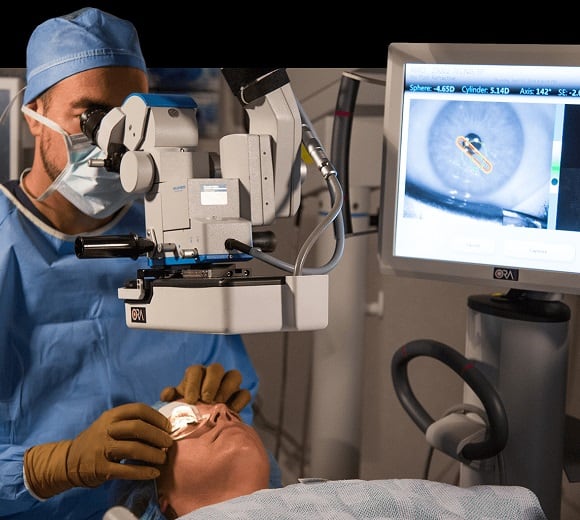

Prevent Keratoconus Progression/ Corneal Transplants
By strengthening the links between the cornea and collagen fibers you can prevent the progression of keratoconus. This is a non-invasive way to handle keratoconus compared to common alternatives like corneal transplants.
OPTIMAL CORNEAL TRANSPLANTATION METHOD
Improved Visual Outcome with Less Astigmatism
With the IEK surgery, ophthalmologists are able to increase visual outcomes that result in less surgery-induced astigmatism. This results in better vision for you now with fewer complications down the road.
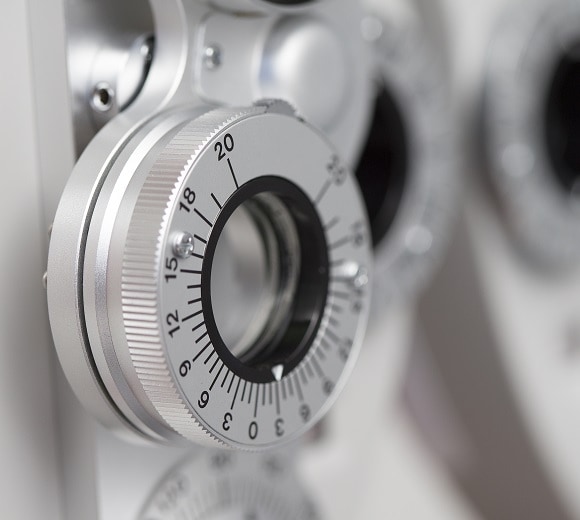
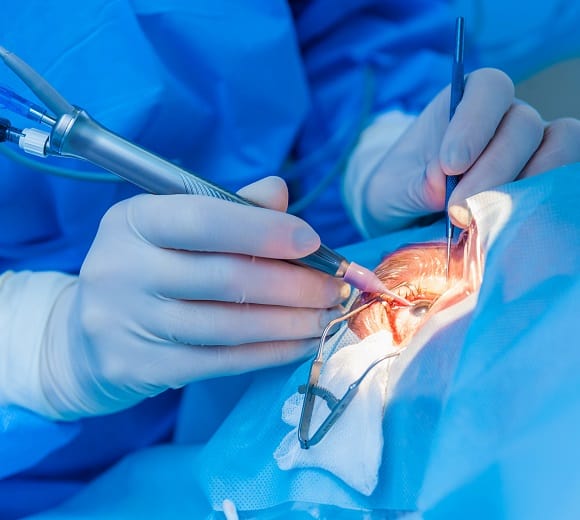
REDUCE PAIN, RESTORE VISION & IMPROVE APPEARANCE OF CORNEAS
Intralase Enabled Keratoplasty – Corneal Transplant Surgery
Corneal transplant surgery treats diseases that originate in the cornea by transplanting a cornea from a donor to you. This method of treating keratoconous is shown to be a safe, beneficial alternative to other methods. You can expect a faster recovery time and improved vision after surgery.
QUICKER HEALING THAN ALTERNATIVE PROCEDURES
Fast Healing Time
Within two to three months after surgery, you will be able to see with limited functionality without the use of glasses or contacts. Their vision will strengthen over the following months, achieving 20/40 or better after six to seven months. This is a huge improvement from the alternative surgery which requires a twelve to eighteen month recovery period.


MORE BENEFICIAL THAN STANDARD SURGICAL PRACTICES
Safe and Effective
IEK will result in less astigmatism caused by the surgery and will result in quicker recovery time. This effective and safe procedure has a rare chance of transplant failure and transplants are checked intensively for suitability to your eye.
FAQ
-
Who is at risk of developing keratoconus?
-
How can I prevent keratoconus from worsening?
-
What happens if keratoconus is left untreated?
-
Is keratoconus hereditary
-
Is keratoconus permanent?
-
What is the benefit of corneal cross-linking?
-
How long will pain last after corneal cross-linking?
-
How long does it take to recover from corneal cross-linking?
-
How long does corneal transplant surgery take?
-
What to expect after corneal transplant surgery?
-
How long does it take to recover from corneal transplant surgery?
-
What causes keratoconus?
-
When should you see a doctor about keratoconus?
-
What other eye conditions are associated with keratoconus?
-
What lifestyle adjustments should someone with keratoconus consider to manage their condition?

